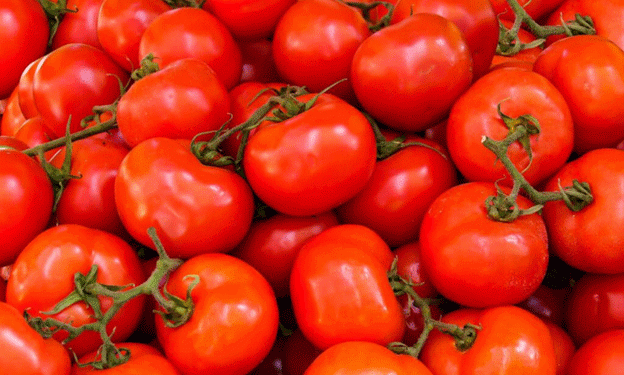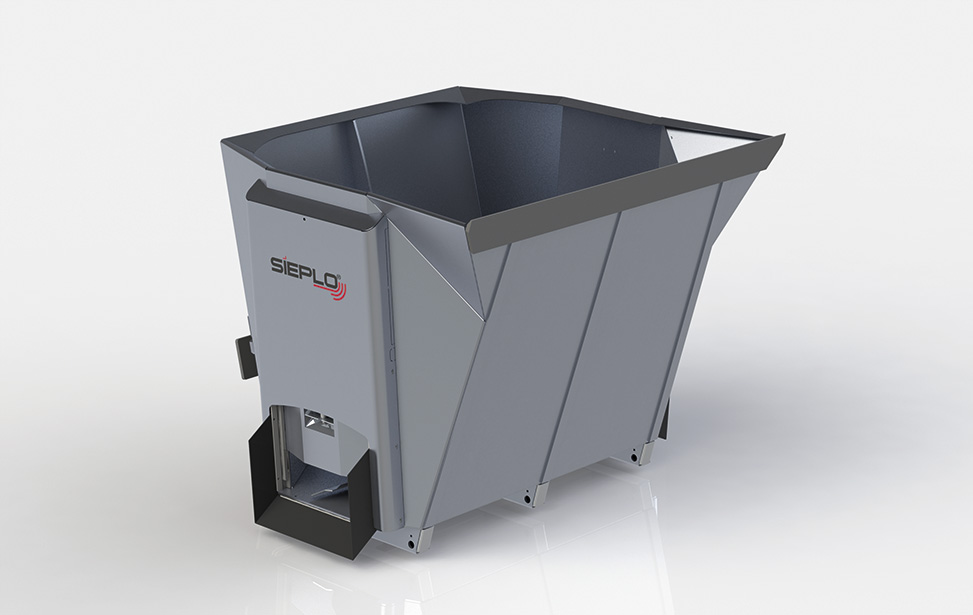In the heart of Zimbabwe, Brian Mataruka, a forward-thinking 35-year-old farmer, is leading a revolution in tomato farming through the use of innovative greenhouse technologies and automated irrigation systems. With a focus on sustainability and efficiency, Mataruka’s methods are setting a new benchmark for modern agriculture. This article delves into the sophisticated techniques he employs to achieve impressive yields and optimize resource use.
Innovative Greenhouse Technologies for Year-Round Production
Brian Mataruka’s success can be attributed to the advanced technologies he uses in his smart greenhouse. Spanning five hectares, Mataruka’s greenhouse is a model of modern agricultural practices, enabling him to produce 21 tons of tomatoes and 5-7 tons of peppers each week (Farmers Weekly, 2024).
Recent advancements in greenhouse technology have confirmed that smart greenhouses can significantly boost production. A 2023 study published in Journal of Greenhouse Technology found that greenhouses equipped with modern climate control systems can increase tomato yields by up to 30% compared to traditional methods (Johnson et al., 2023). Mataruka’s greenhouse benefits from these innovations by maintaining optimal growing conditions year-round, thus ensuring continuous production and high-quality yields.
Automated Irrigation Systems: Precision and Efficiency
Central to Mataruka’s approach is a state-of-the-art automated irrigation system designed to maximize water efficiency. “Our irrigation system is tailored for each plant, which eliminates water wastage and optimizes usage,” Mataruka explains. This system uses sensors and automated controls to monitor and adjust water delivery, which aligns with findings from a 2024 report by the International Water Management Institute (IWMI). The report highlights that automated irrigation systems can reduce water consumption by up to 50% compared to traditional irrigation methods while improving crop health and yield (IWMI, 2024).
The system’s precision allows Mataruka to oversee water usage from his smartphone, an advancement made possible by the integration of IoT technologies. A 2024 study from Agricultural Water Management shows that IoT-enabled irrigation systems offer real-time monitoring and control, which can enhance water efficiency and reduce costs by up to 40% (Martinez & Sanchez, 2024).
Improved Yields and Quality Through Modern Practices
Mataruka’s smart greenhouse and automated irrigation techniques not only boost production but also improve the quality of his crops. The adoption of these technologies has led to better control of environmental conditions and resource inputs, resulting in superior tomato and pepper yields. According to the Horticultural Science Review, modern greenhouse practices can lead to a 20-25% increase in crop quality and marketable yield compared to conventional farming methods (Smith & Brown, 2023).
In addition to increased yields, Mataruka’s practices are setting new standards for sustainability in agriculture. His use of precise irrigation and climate control minimizes waste and reduces the environmental footprint of his farming operations. A 2024 review in Sustainable Agriculture emphasizes that such advanced techniques are crucial for developing resilient and efficient agricultural systems (Green et al., 2024).
Brian Mataruka’s innovative approach to tomato farming through the use of smart greenhouses and automated irrigation systems demonstrates the potential for modern technologies to transform agricultural practices. By leveraging these advancements, Mataruka not only achieves impressive yields and high-quality produce but also sets a new standard for sustainable and efficient farming in Zimbabwe.
As the agricultural sector continues to evolve, the techniques pioneered by Mataruka offer valuable insights and practical solutions for farmers and agronomists seeking to enhance productivity and sustainability in their own operations.












